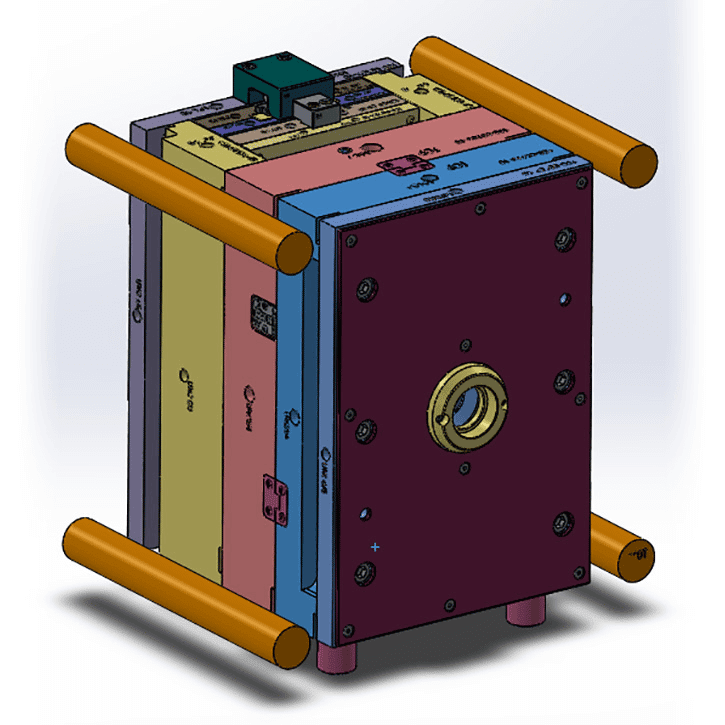

We have invested significant resources to develop industry leading expertise in PEEK molding / PEEK injection part and other advanced material applications. We offer unique expertise in the injection molding of PEEK, PPA, PPS, PEI and other high performance resins. Let’s look at some components that are not molded correctly.MING-LI provides our customers with competitive PEEK injection molding solutions in high performance plastics. The mold temperature is critical to obtain a semi-crystalline component that can fully utilize PEEK’s unique set of properties. Submarine or tunnel gates can be considered for very thin walls or small parts but tend to lead to freeze off during molding of bigger parts. Gate designs such as tab, side or fan gates are most commonly used. Depending on the grade of PEEK that you’ll be molding this might be a minimum of 1mm (0.04in) for unfilled PEEK and 2mm (0.08in) for compounds. At Victrex, we have a general rule called the 2/3rds rule of the maximum section thickness of your component. Using the biggest gates possible will enable that you fully pack out your component. Moreover, cooling from a much higher processing temperature to ambient causes more shrinkage compared to lower temperature processing polymers. PEEK is a semi-crystalline polymer and exhibits much higher shrinkage compared to an amorphous thermoplastic. Gate size is dependent on the part volume, number of cavities and component geometry. Any contaminants during the injection molding process will show up as black specs in your final component. Regrind can be a big source of contamination and we suggest that you use dedicated equipment for the regrinding of PEEK materials. Pull screws and properly clean and brush the barrel and screw before starting to mold PEEK. Most other polymers will degrade at PEEK’s processing temperatures and therefore it is imperative to start with clean drying ovens, hoppers, injection molders and any other containers used to hold runners or parts. Cleanliness is KeyĪny contamination should be avoided when processing PEEK.

Dehumidifying or desiccant dryers may also be used and must be capable of maintaining a dew point or saturation temperature of - 40⁰C (- 40☏). The aim is/should be to reduce the residual moisture content to <0.02%. In short, we suggest drying the pellets on trays in circulating ovens for 2-3 hours at 150☌-160☌ (302☏-320☏) or, alternatively, overnight drying. In our literature, we provide some guidance on drying. PEEK pellets are supplied nominally dry but may absorb moisture from the atmosphere. All metallic components should be smooth and highly polished to prevent hang ups.īusiness Slowing? There's Still Plenty of Stuff to Do Copper and copper alloys should be avoided (in contact with melt). Additionally, consider the use of barrel blankets as they provide heat insulation, with the benefit of energy cost savings. We suggest you use ceramic heater bands as they provide the most consistent processing. If modifications are required these are usually for the heater bands or thermocouples/controllers. These temperatures can be reached on most standard injection molders with cylinder heaters without the need for modifications. Depending on the grade of PEEK that you’ll be molding, processing temperatures on your injection molding barrel will be somewhere in the range of 350☌-400☌ (662☏-752☏). PEEK can be molded on standard injection molding machines supplied by most of the well-known machine suppliers.

Equipment: Standard Injection Molding Machines
#Peek plastic injection molding full
Are you a first-time molder of PEEK? Have you tried molding it and might be running into trouble? In this article we consider five factors in the injection molding process that can help to avoid the need for troubleshooting when molding PEEK polymer - and it can help to reach the full potential of this high performing polymer.


 0 kommentar(er)
0 kommentar(er)
